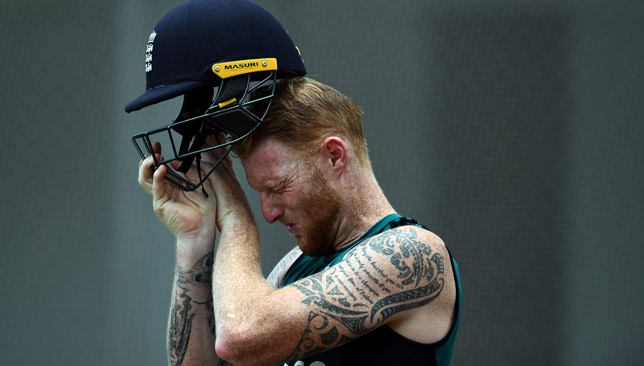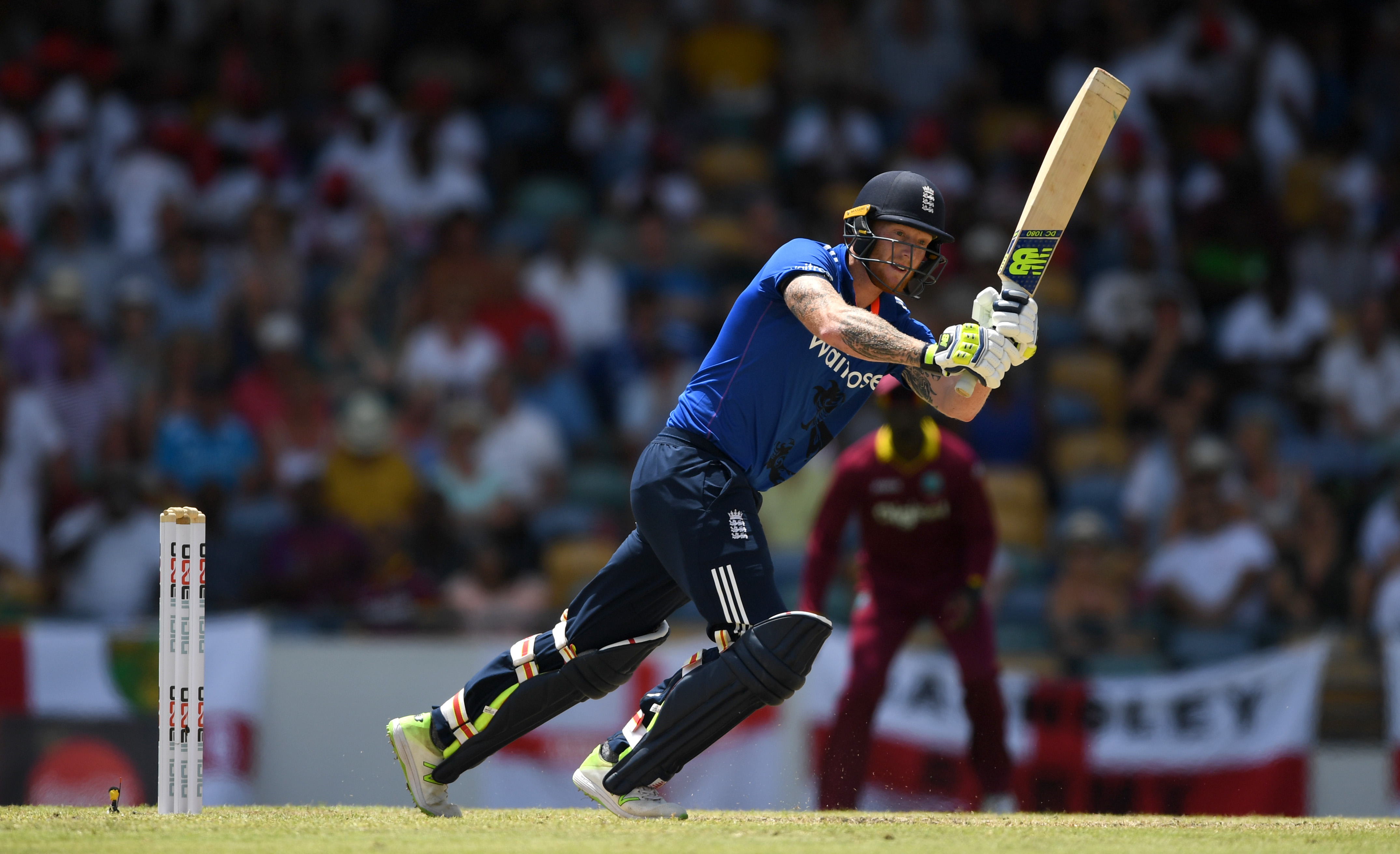
The setting was a half-empty stadium in Mohali. On day two, India’s lower order was fighting hard for the ascendancy in the Test. England, out in the field, lacked a bit of zing. Except for one man who went flying into the square leg fence to stop a boundary. Ben Stokes wasn’t successful, but he was giving his all.
It is not to say that his team-mates weren’t, but there was certain energy about Stokes in how eager he was to take the fight to the home team. Sample his battle with Virat Kohli in that innings – he dismissed the India captain cheaply after a bit of gamesmanship and he was perhaps the only English bowler who looked like getting Kohli out during that series.
This rivalry stood out, for both Kohli and Stokes give it their all on the field. Yes, Ravichandran Ashwin and Joe Root, among others, also did well in that series, but there is an x-factor about the former duo.
They stand out in their respective line-ups. Kohli is the alpha-male in this Indian team, pulling the strings as captain and run-maker in chief. Stokes gives his team the unique ability to change their entire complexion thanks to his versatility and aggression with bat and ball.
For example, in the first Test at Rajkot England took the field with six bowlers – two full-time pacers, three spinners and Stokes. Throughout that five-Test series, Alastair Cook never had to worry about backup for his pace bowlers, so much so that picking a third spinner was more a luxury than utility. It was awe inducing for Kohli & co who – alongside most international captains – can only dream about such selection choices.
Yes, Moeen Ali too is an important all-rounder for England, but there is a more mercurial side to Stokes. Ali has his limitations, with both bat and ball, but Stokes can push any boundaries he comes across. That Rajkot Test is again a pertinent example. Both Ali and Stokes scored hundreds there, but it was the latter’s aggressive runs that bought England time and put them on the front-foot enough to dictate terms in that eventually drawn Test.

Stokes impressed during his winter visit to India. So much so that when he went under the hammer on February 20 in the 2017 IPL player auctions, the excited reaction from gathered franchise owners wasn’t surprising. Even before the auctioneer had finished announcing Stokes’ profile, cash-rich Mumbai Indians put their bidding paddle up.
They didn’t back out until the bidding crossed the 12 crore mark, when surprisingly Rising Pune Supergiant entered the fray, and finally won Stokes for a whopping 14.5 crore ($2.16m). The all-rounder became the highest paid overseas cricketer in IPL history, easily surpassing the $1.55m Delhi Daredevils and Chennai Super Kings paid for Kevin Pietersen (2014) and Andrew Flintoff (2009), respectively.
“It does feel real good and I will not deny it. While I am delighted with the way things went at the auction, it also means I will have to play to my potential and contribute to the team’s cause that much more,” Stokes told Indian business newspaper Economic Times ahead of the new IPL season.
Here is the pickle though. There is a string of historical examples wherein high-money purchases haven’t worked out too well for the paying franchises. Pietersen (294 runs in 11 matches in 2014) and Flintoff (featured in only three matches in 2009 before getting injured) are obvious examples, but this phenomenon isn’t restricted to overseas players.
Introducing the one, the only...
— Durham CCC 🏏 (@DurhamCricket) April 5, 2017
Ben Stokes emoji 😂😂 #Stokes pic.twitter.com/PcaCmWIAgI
Yuvraj Singh is another. Delhi Daredevils paid $2.67m for him in 2015 (248 runs in 14 matches). This was even after Royal Challengers Bangalore had paid $2.33m for him in 2014 (376 runs in 14 matches). Meanwhile, Delhi Daredevils paid $1.9m for Irfan Pathan in 2011 (150 runs and 11 wickets in 14 matches), while Kolkata Knight Riders paid $2.1m for his brother Yusuf that same year (283 runs and 13 wickets in 15 matches).
Certain pay-packet pressure engulfs these big-money players, and every run scored or ball bowled is measured in terms of that humongous figure. Take the case of little-known left-handed all-rounder Pawan Negi, who was bought for 8.5 crore ($1.4m) by Delhi Daredevils last year. He only played eight games, scoring a paltry 57 runs, taking one wicket and being resigned to nothing but a flop.
This puts the spotlight squarely on Stokes and what Rising Pune Supergiant have bargained for. That winning 14.5 crore bid took a heavy chunk out of their purse and by admission of their coach Stephen Fleming, they couldn’t go for other ‘targets’.
In this league, balancing out four overseas players in the eleven is of prime importance. As such, when skipper Steve Smith picks his team, two names will have to go on the team-sheet immediately, his own and that of Stokes’, for you cannot leave out a player with that price tag. It is up to Stokes to live up to his reputation and enhance his cricketing value, or else go down in history as another extortionate import that was a waste of money.
Either way, it will make for an intriguing watch.